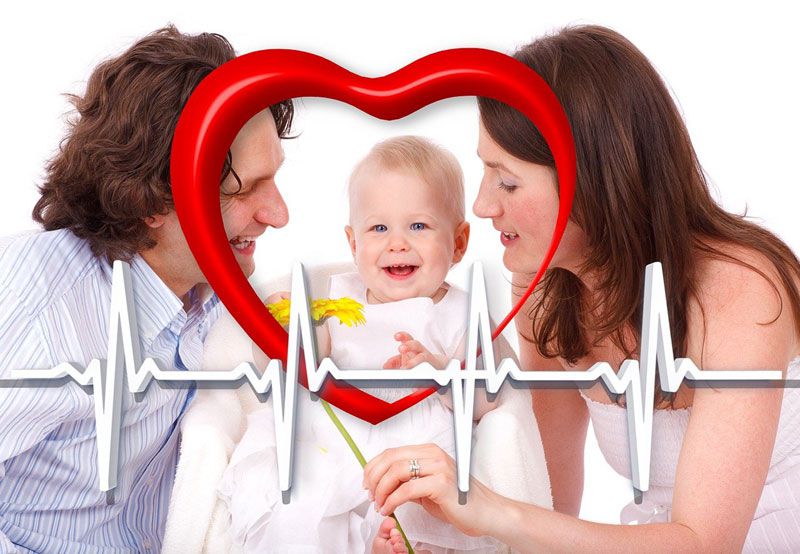Welcome to our blog on performing first aid assistance to babies! Accidents can happen unexpectedly, making it essential for parents and caregivers to know how to provide immediate help. In this post, we will guide you through age-specific considerations, essential techniques, and common emergencies.
From choking and burns to falls and allergic reactions, we’ll equip you with the knowledge to respond effectively. While this information doesn’t replace professional advice, it empowers you to take quick action before medical help arrives. Let’s explore the world of baby first aid and ensure our little ones’ safety!
Understanding First Aid for Babies
Babies require special attention when it comes to first aid. Their small size, developing bodies, and unique needs make it important to understand the specific considerations for providing effective assistance. In this section, we will delve into the fundamentals of first aid for babies and explore common injuries and emergencies that may occur.
Age-specific considerations:
Babies go through rapid developmental changes, and their needs vary depending on their age. It is crucial to understand these age-specific considerations when administering first aid. From newborns to infants and toddlers, we will discuss how to adapt techniques and precautions accordingly.
Common injuries and emergencies in babies:
Babies are curious explorers, and accidents can happen despite our best efforts to keep them safe. In this subsection, we will identify some of the most common injuries and emergencies that babies may experience. From choking on small objects to burns from hot liquids or falls, we will provide insights into how to recognize and respond to these situations effectively.
Basic principles of first aid for babies:
Before diving into specific techniques, it’s important to establish a foundation of basic principles for administering first aid to babies. These principles include ensuring personal safety, maintaining calmness, assessing the situation, and taking appropriate action. We will discuss the importance of these principles and how they apply to various first aid scenarios.
By gaining a solid understanding of the age-specific considerations, common injuries, and basic principles of first aid for babies, you will be well-prepared to handle emergencies with confidence. Let’s proceed to the next section, where we will explore essential first aid techniques specifically tailored for babies.
Essential First Aid Techniques for Babies
When it comes to providing first aid to babies, knowing the essential techniques is crucial. In this section, we will explore the specific first aid techniques tailored to the needs of babies. From addressing choking incidents to dealing with burns and falls, we will guide you through step-by-step instructions and precautions to ensure effective assistance.
Choking
Choking is a common emergency in babies, as they tend to put objects in their mouths. We will discuss the signs of choking in infants and provide a detailed guide on how to perform infant CPR (Cardiopulmonary Resuscitation) to clear the airway and restore breathing.
Burns and scalds
Babies have sensitive skin, making them prone to burns and scalds. We will cover the identification of burn severity and immediate steps to take to minimize damage and provide relief to the baby.
Falls and head injuries
Babies are inquisitive and can experience falls that may lead to head injuries. We will help you recognize the signs of a head injury and provide guidance on how to respond appropriately to falls, including when to seek medical attention.
Allergic reactions
Allergies can occur in babies, and it’s crucial to know how to recognize common allergens and respond to allergic reactions promptly. We will discuss the signs of an allergic reaction and provide guidance on administering emergency medication, such as epinephrine.
Fever and seizures
Fever and seizures can be distressing for both babies and parents. We will discuss how to recognize signs of fever and seizures in babies and provide first aid measures to help manage these situations until medical assistance is available.
Conclusion
By familiarizing yourself with these essential first aid techniques for babies, you can respond confidently and effectively in emergency situations. Remember, while these techniques are valuable, it’s always recommended to seek professional medical help whenever necessary. In the next section, we will provide additional first aid tips and precautions to further enhance your preparedness in providing first aid assistance to babies.

Reblog It collaborates closely with clients to develop tailored guest posting strategies that align with their unique goals and target audiences. Their commitment to delivering high-quality, niche-specific content ensures that each guest post not only meets but exceeds the expectations of both clients and the hosting platforms. Connect with us on social media for the latest updates on guest posting trends, outreach strategies, and digital marketing tips. For any types of guest posting services, contact us on reblogit.webmail[at]gmail.com.
